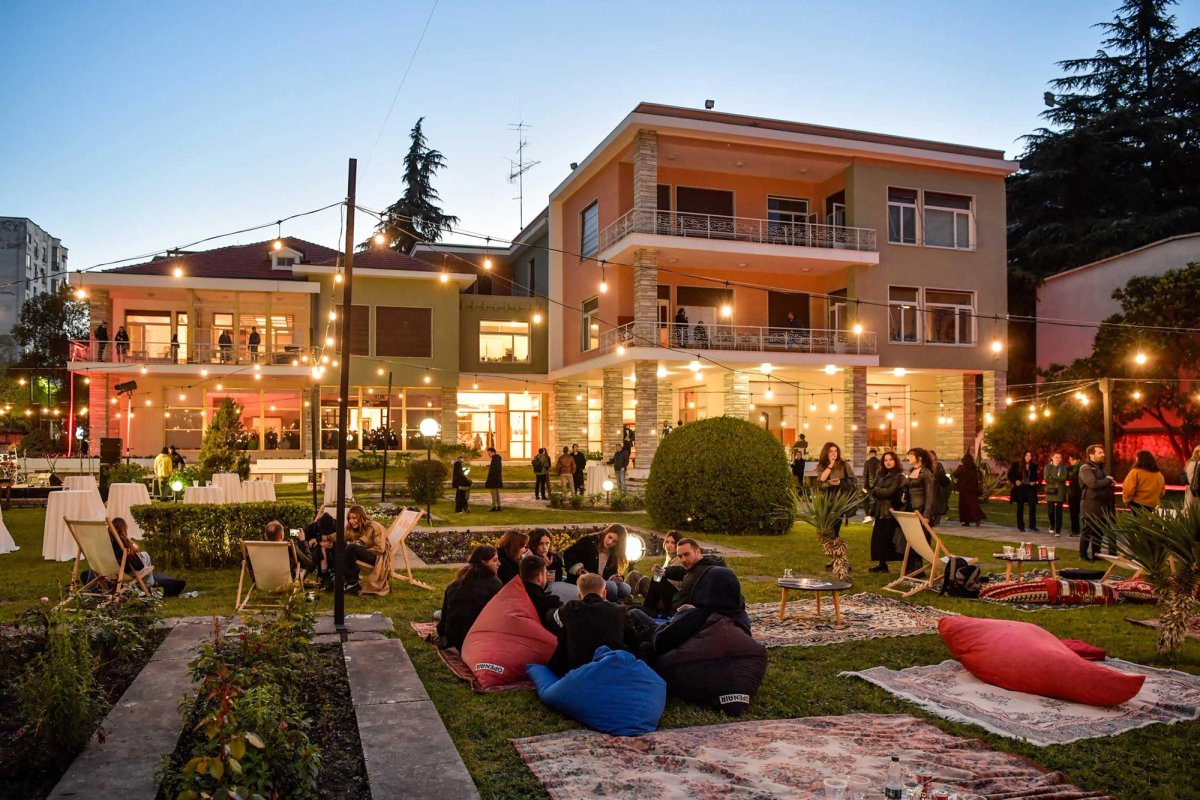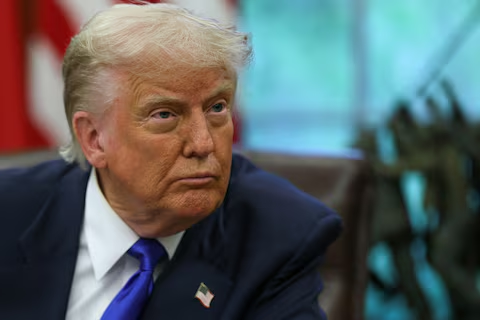In April 2025, a remarkable transformation took place in the heart of Tirana: Villa 31—once the secluded family residence of Albania’s communist dictator Enver Hoxha—reopened as a vibrant centre for artistic innovation. The initiative was spearheaded by the Paris‑based Art Explora Foundation, founded in 2019 by French entrepreneur Frédéric Jousset, with a mission to broaden cultural access across Europe .
The compelling reinterpretation of this stark, Brutalist compound was realised by NeM Architectes. Rather than erasing Hoxha’s legacy, the redesign honours the building’s austere heritage while radically transforming its interiors to provide a creative playground: studios, production hubs, a library, screening room, and artist accommodation .
Villa 31 is set to host up to 30 international artists annually, fostering collaborations with institutions such as the École nationale supérieure d’arts de Paris‑Cergy, Museum of Contemporary Art Skopje, and Oral History Kosovo . Blanche de Lestrange, Art Explora’s artistic director, emphasises that the project deliberately preserves architectural cues to provoke dialogue: “The villa was a ghost in the very centre of Tirana… artists were completely banned, so it was important… to give a central and major place to artists—a kind of ‘thumbing our noses’ to a history of censorship” .
The origins of the project trace back to a meeting between Jousset and Tirana’s prime minister, Edi Rama—himself an artist by training—held four years prior . Their joint ambition was to reclaim a potent symbol of oppression and refashion it as a beacon of creativity.
Villa 31 offers artists more than workspace: it provides production grants and opportunities to engage local curators, researchers, and communities. For the first time, its walls—once a barrier—are open to the public, signaling a shift in how art interacts with the city’s social fabric .
This revival coincides with Art Explora’s broader Mediterranean engagement, including its 2025 floating museum festival in Durrës. The festival’s initial stop on April 10 brought virtual‑reality installations and exhibitions on migration and exile, amplifying Villa 31’s ambition to integrate local cultural narratives into a wider artistic network .
In a nation where GDP per capita hovers around $8,575—just one‑fifth of the EU average—and 25 percent of citizens live at risk of poverty, Villa 31 stands out as part of Albania’s growing cultural renaissance under Rama’s leadership . While economic challenges persist, this cultural revival aligns with recent electoral gains that reinforced national confidence in nurturing creative roots.
Villa 31 exemplifies how architecture, history, and art can intersect to reclaim contested spaces—turning a relic of authoritarianism into a vibrant centre of freedom, dialogue, and creative
Source: The Art Newspaper



